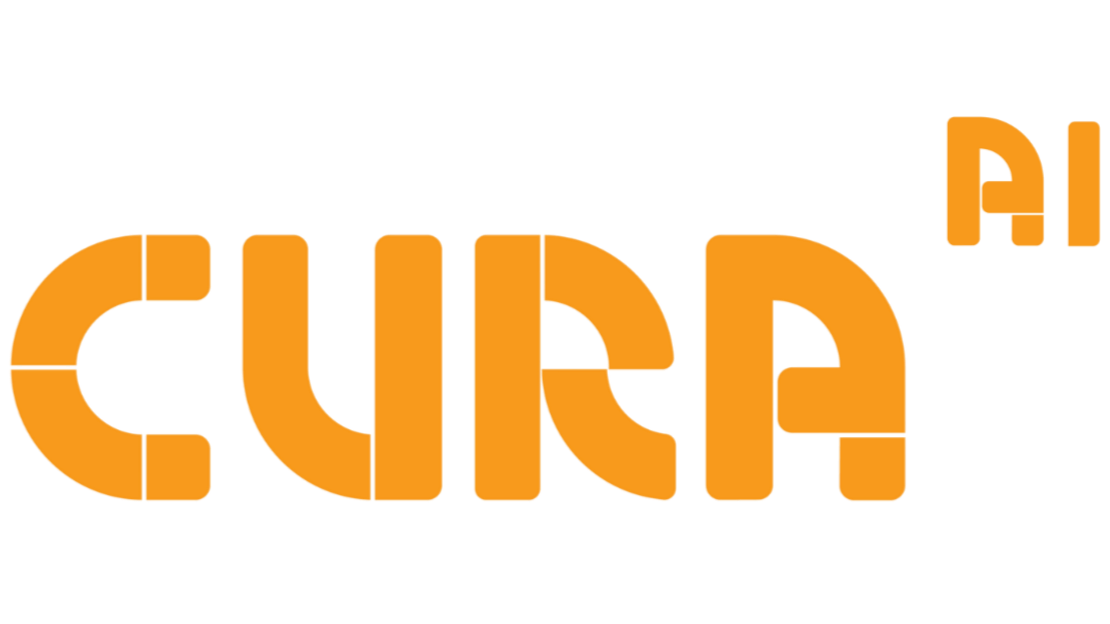Why we’re moving to micro-units
2022 is going to be an incredibly exciting year at Cura. There’s so much that we can’t wait to share with you – especially our new micro-units.
What’s a micro-unit? Well, before we get to that, we want to explain how we got here.
At Cura, we don’t think of ourselves as PBL ultras. We don’t subscribe to the view that there’s only one right way to do PBL. In fact, we barely think of ourselves as a PBL company – or of our curriculum as PBL units – at all.
Instead, we believe in immersive, real-world learning. We believe in bringing the classroom to life. And we believe in creating an educational experience that students love, that helps them develop the skills they need to thrive, and that instils in them the belief that they can change the world.
We never stop thinking about how to make teaching & learning more engaging. And because we don’t tie ourselves to any one approach, we can think differently. We’re always prepared to innovate if we think any part of our curriculum can be improved.
That’s why we’re changing our approach – and how schools think about PBL.
What’s the problem?
Longer, sprawling PBL units take up a lot of precious classroom time. That’s a challenge as teachers try to navigate a crowded curriculum. It means schools shy away from frequently trying hands-on, real-world learning. It might happen once a year or once a semester, but not more than that. It takes up too much time and, if schools did it more often, they’d struggle to get through all their content.
We think that’s a problem. A more hands-on, real-world approach to learning shouldn’t be a tokenistic one-off. It should permeate every classroom, every topic, and every subject. But the way PBL is thought of within education – through long, student-directed units – makes that hard to practically implement.
Longer projects can also be challenging for students. They’re more likely to lose their way in the messy middle when their motivation dips. The initial emotional engagement that the real-world problem produced begins to dissipate.
And students are made to wait too long before they can implement their ideas and create solutions. If that’s the part that students love most – and if it’s where we see the convergence of content knowledge, skills, and student inspiration – why don’t we give them this opportunity more often?
At Cura, we’ve developed micro-units to solve all of these problems.
Introducing Cura’s micro-units
Micro-units look exactly like PBL units. They’re still built around real-world problems which students use content knowledge to solve. They still blend the explicit teaching of content and the development of students’ thinking and interpersonal skills.
But there’s one huge difference. They’re only three to five lessons long.
Instead of being built around a whole topic, micro-units are built around one content area or subtopic within a topic. That means there could be as many as five or six micro-units for a single topic. Each teach different content and focus on a different real-world application. And they can each be done in a week.
Here’s an example. In our A Spill That Can Kill micro-unit, students use their Science knowledge of mixtures and separation techniques to tackle the problem of oil spills. They work through three short investigations to build content knowledge (what mixtures are and why substances dissolve in water; why some mixtures are reversible; different separation techniques). They have to use what they’ve learned to explain why oil spills like Deepwater Horizon are so damaging. Then, they’re given the challenge of designing and testing a ‘clean-up kit’ which can either contain or clean up an oil spill.
Real-world and immersive. Plenty of explicit teaching and hands-on application. And all in a few lessons.
That’s our micro-units in a nutshell.
We think you’ll love them
We love the flexibility they give teachers. You don’t have to lock yourself into a term-long unit which you start planning for months in advance. Instead, you can use our micro-units whenever you want to energise your classroom, bring a dry topic to life, or draw a powerful link between theory and the real-world.
You’ve got more real-world problems to explore. Students have more ways to develop their skills and apply what they learn. And because they’re short, flexible, and tightly linked to the curriculum, you can run them in every topic.
With Cura’s micro-units, you’re no longer limited to one unwieldy project a year. You’ve now got a year of immersive, rich curriculum – and engaged, passionate students - at your fingertips.
Cura’s micro-units will be available to schools who have subscribed to the Cura platform in 2022.
If you’d like to learn more, get in touch with us at hello@curaeducation.com.

